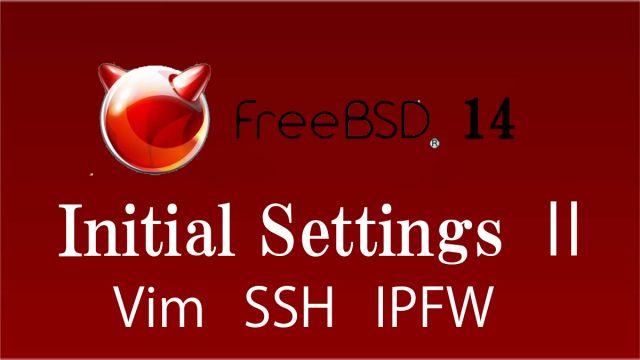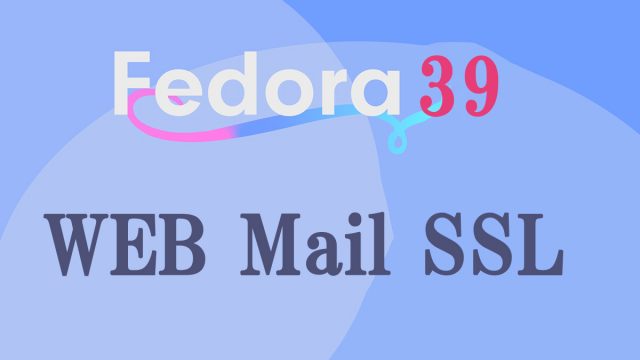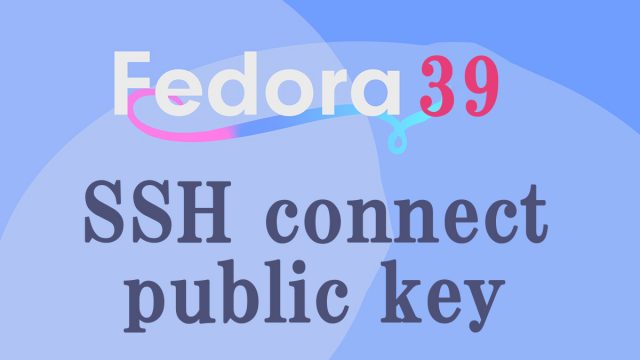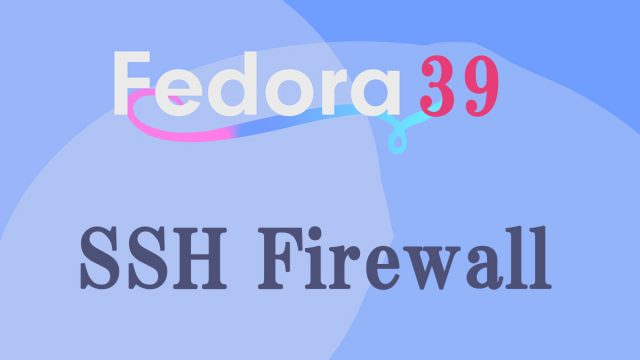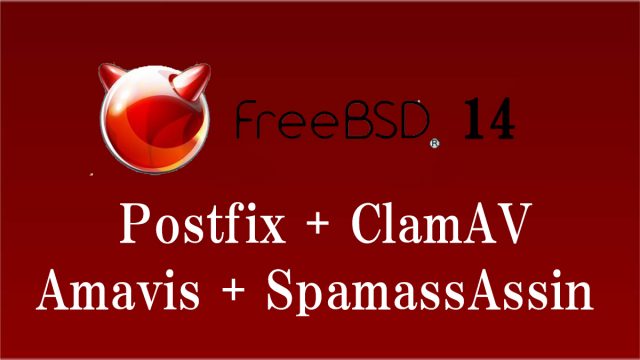 FreeBSD14_en
FreeBSD14_en FreeBSD14 : Postfix ClamAV + Amavis + SpamassAssin
Install ClamAV on FreeBSD 14 and link it with Amavis against Postfix.ClamAV is anti-virus software.We will proceed on the assumption that you have already implemented Postfix.Before proceeding, update the Ports Collection.1. ClamAV1.1 Install# cd /usr/ports/security/clamav# make install cleanEach option is installed by default for nowclamav version check




